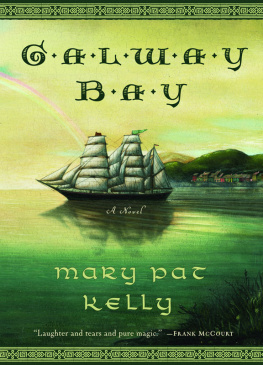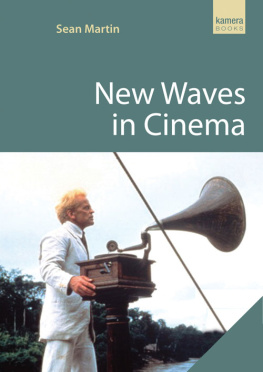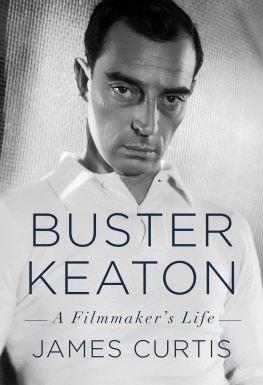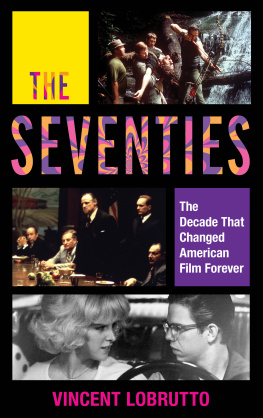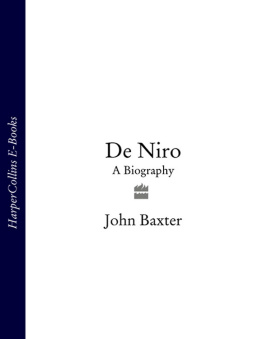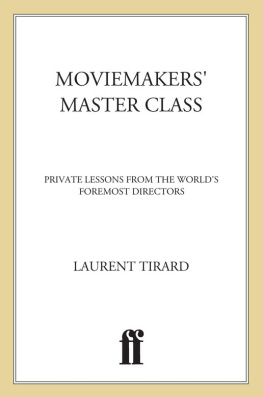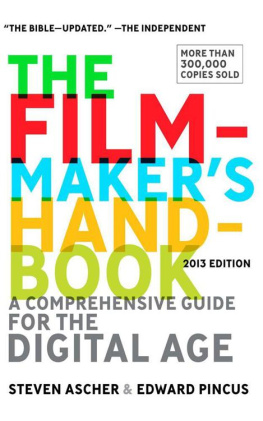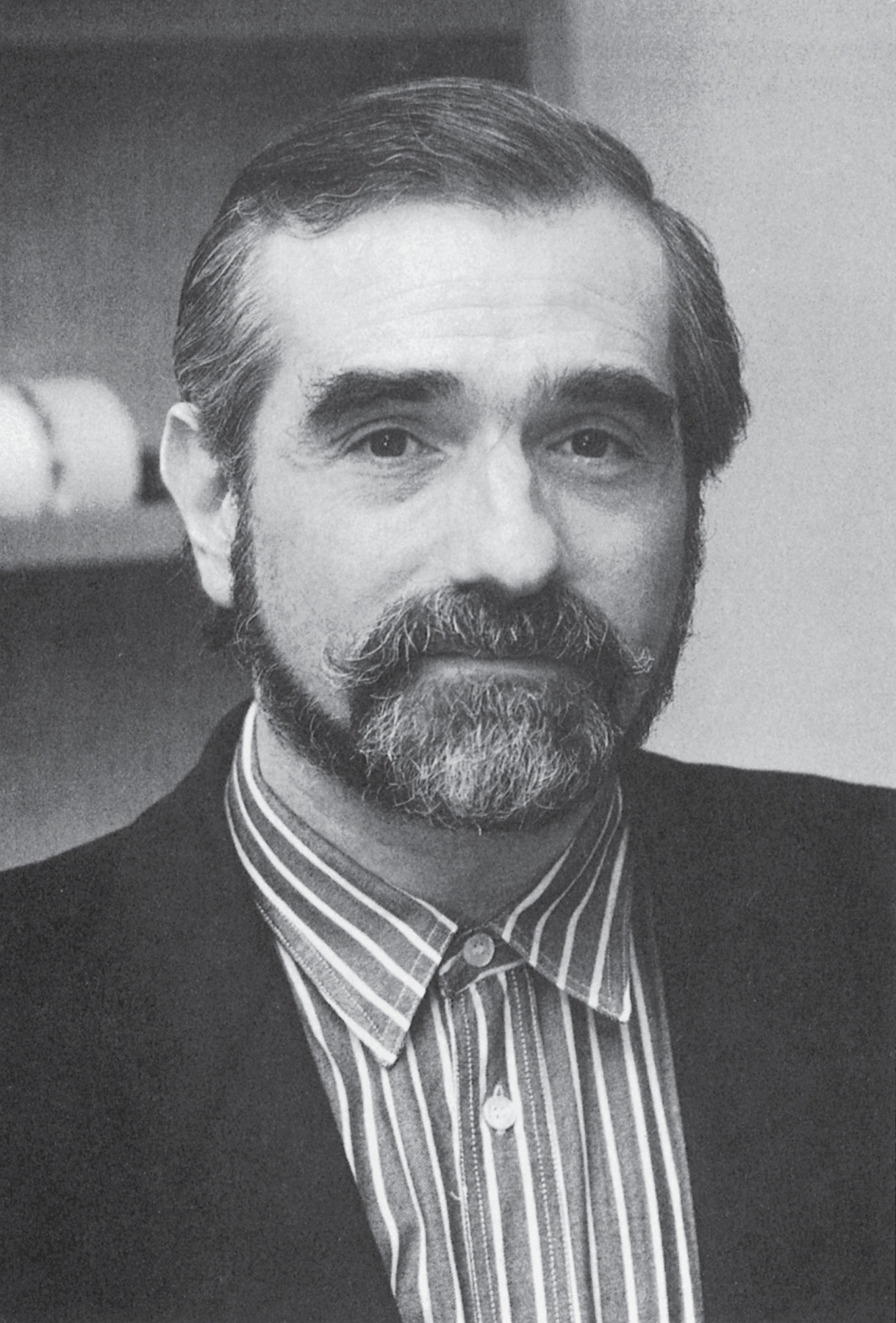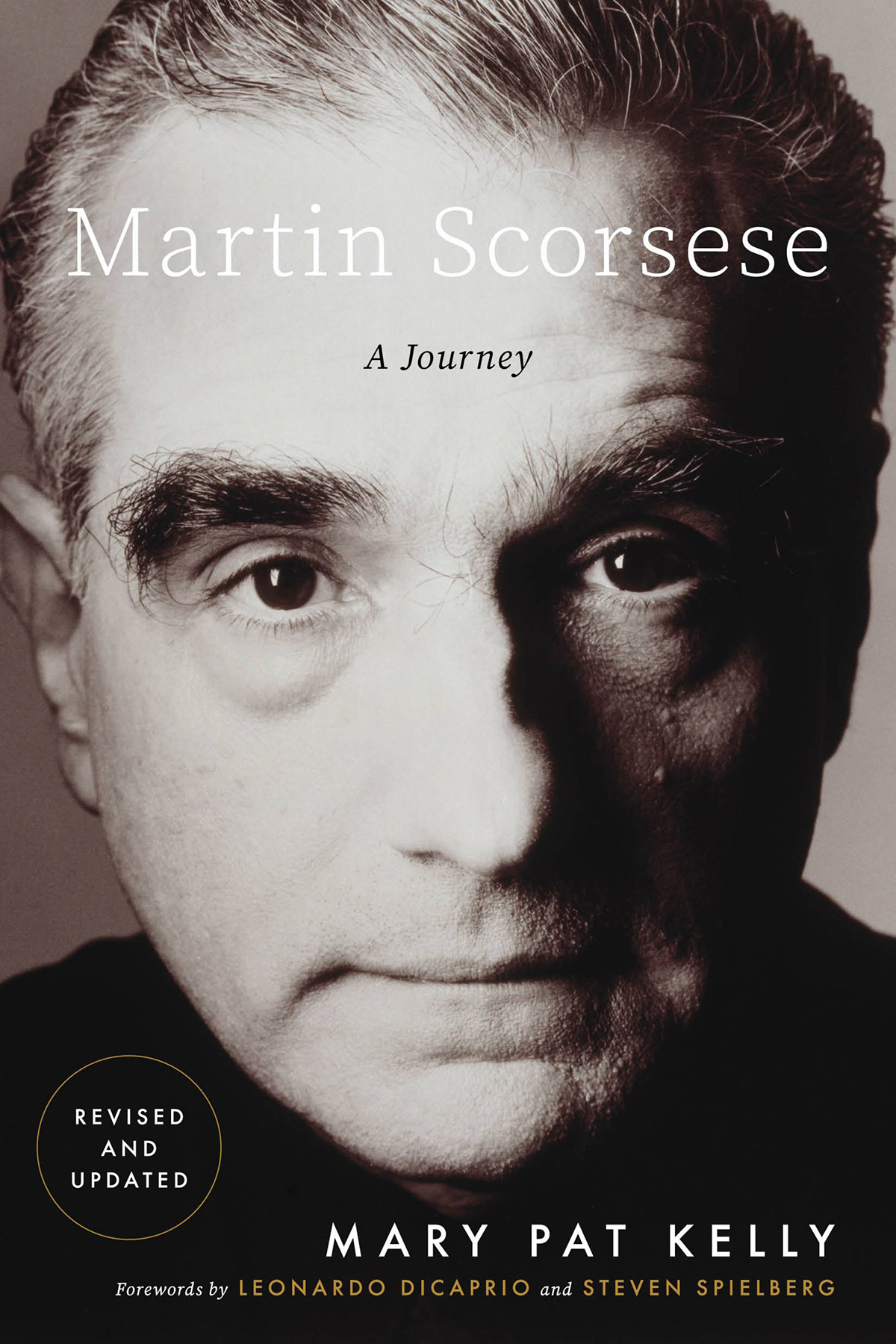
Copyright 1991, 1996, 2004, 2022 by Mary Pat Kelly
Forewords 1991, 1996, 2004 by Steven Spielberg and the Estate of Michael Powell
Afterword 2022 by Kent Jones
Interview with Haig Manoogian from Martin Scorsese: The First Decade by Mary Pat Kelly. Reprinted by permission of the author.
Excerpt from Martin Scorseses remarks at the Center for Advanced Film and Television Studies reprinted by permission of the Center for Advanced Film and Television Studies.
Cover design by Amanda Kain
Cover photograph Michael ONeill / Getty Images
Cover copyright 2022 by Hachette Book Group, Inc.
Hachette Book Group supports the right to free expression and the value of copyright. The purpose of copyright is to encourage writers and artists to produce the creative works that enrich our culture.
The scanning, uploading, and distribution of this book without permission is a theft of the authors intellectual property. If you would like permission to use material from the book (other than for review purposes), please contact permissions@hbgusa.com. Thank you for your support of the authors rights.
Hachette Books
Hachette Book Group
1290 Avenue of the Americas
New York, NY 10104
HachetteBooks.com
Twitter.com/HachetteBooks
Instagram.com/HachetteBooks
Originally published by Thunders Mouth Press in 1991
First Hachette Books edition: October 2022
Published by Hachette Books, an imprint of Perseus Books, LLC, a subsidiary of Hachette Book Group, Inc. The Hachette Books name and logo is a trademark of the Hachette Book Group.
The Hachette Speakers Bureau provides a wide range of authors for speaking events.
To find out more, go to www.hachettespeakersbureau.com or call (866) 376-6591.
The publisher is not responsible for websites (or their content) that are not owned by the publisher.
Print book interior design by Six Red Marbles
Library of Congress Control Number: 2022942539
ISBNs: 9780306831010 (paperback); 9780306831027 (ebook)
E3-20220824-JV-NF-ORI
Dedicated with love to
Katie and Charlie;
Mariann and Mike.
Thank you.
The burning sands will become pools,
and the thirsty ground, springs of water
A highway will be there
called the Holy Way
no fools shall go astray on it.
No lion will be there
It is for those with a journey to make.
Isaiah 35:79
Martin Scorsese and I met for the first time in the early 90s in, of course, the East Village in New York City. I was just eighteen years old and Whats Eating Gilbert Grape had just come out. Marty was rushing out of an event as I was walking in. I immediately recognized him, but I had no reason to believe he even knew who I was. Then he stopped, looked at me, and said, Hey, kid, you did a terrific job in that picture, I hope we get to work together one day. I was stunned.
My connection to Martin Scorsese goes back further than that afternoon in the hotel lobby. It goes back to my father, who, when I told him I wanted to be an actor, said to me, If youre going to act in movies, there are two people you need to watch and learn from: Martin Scorsese and Robert De Niro. It doesnt get any better.
At fourteen, I gave myself a crash course in film history, starting with Martys filmography. I was riveted. The film that hit me the hardest was Taxi Driver. As a young man, I identified with Traviss loneliness, his longing, and his awkwardness. And then, when he tried to assassinate the presidential candidate, he betrayed the audience, he betrayed me. I had never experienced anything like Taxi Driver. That character and that film marked me forever.
Years went by, and I went on and did a number of other films, culminating with the success of Titanic. I was in a unique position, given the freedom to make decisions unlike ever before. Everyone was asking me what kind of pictures I wanted to make and whom I wanted to make them with. I had one answer: Martin Scorsese. Then an opportunity came. Gangs of New York. Making that film gave me an understanding of the magnitude of his artistry, it elevated my interest and passion in movies and the craft of acting more than I could have ever imagined. It was a life-changing experience.
Over the last twenty years, Ive been lucky enough to have made five more films with Marty, and each one has not only been its own unique creative experience but also an education in film history. Cinema is in Martys DNA, and of course hes never stopped tirelessly fighting for its survival and development as an art form. After all, no one knows cinema as he does.
When were preparing for a project, he will screen older, classic movies for all the actors to give us ideas for character behavior, rhythms of speech, and body language.
The actual shoot is a whole different kind of learning experience. Marty is always open to the actors ideas and instincts. His relationships with the actors he works with are so paramount that the plot seems secondary. The truth, the humanity of these people that hes putting up on screen is always his focus. He will not stop until hes created something alive and lasting.
As one would, I find it difficult to encapsulate the breadth of what Marty himself has contributed to cinema history.
Having spent many hours watching films together, he was the first to show me Italian Neorealist classics: De Sicas Bicycle Thieves, Shoeshine, and Umberto D., and Rossellinis Paisan. It was during those screenings that I realized how he was inspired to bring a gritty truth to American cinema that never existed before. Certainly, for his generation. Its all there very early on in Mean Streets, an intensely personal movie made from the eyes of a young voyeur, expressing the truth of life hed discovered through cinema.
This was a conscious effort of a young artist, an outsider, creating a new cinematic language. In many ways, he has done for American filmmaking what Marlon Brando did for the art of acting.
Like any great artist, Marty cannot be defined by one genre or medium. He continues to challenge himself, never afraid to experiment with new concepts and advancements. He has been bold in the choices he has made and the stories he has told, achieving higher levels of artistry by always challenging his own outlook.
He has set a new standard for filmmaking, a standard hes maintained for fifty years and counting.
More than even the films weve made together, Marty has given me something invaluable, something that I will carry for a lifetime: a profound appreciation for the art of cinema and a full understanding of just how blessed I am to be a part of its history. I am fortunate to have collaborated so many times with a cinematic legend, but even more so to have found a cinematic father, teacher, and friend in this ever-changing industry. Hes a modest man, so its hard to do justice to the magnitude of all that hes contributed. But in all honesty, I cant imagine what the world, or cinema, would be like without him.
We love you, Marty,
Leonardo DiCaprio
My movies are whispers. Martys movies are shouts. There are a few things we have in common, though, even if theyre not always apparent. Theres our friendship, first of all. Ive known him for the better part of two decades now, and for most of that time (he doesnt know this), Ive been a bit in awe of him.


